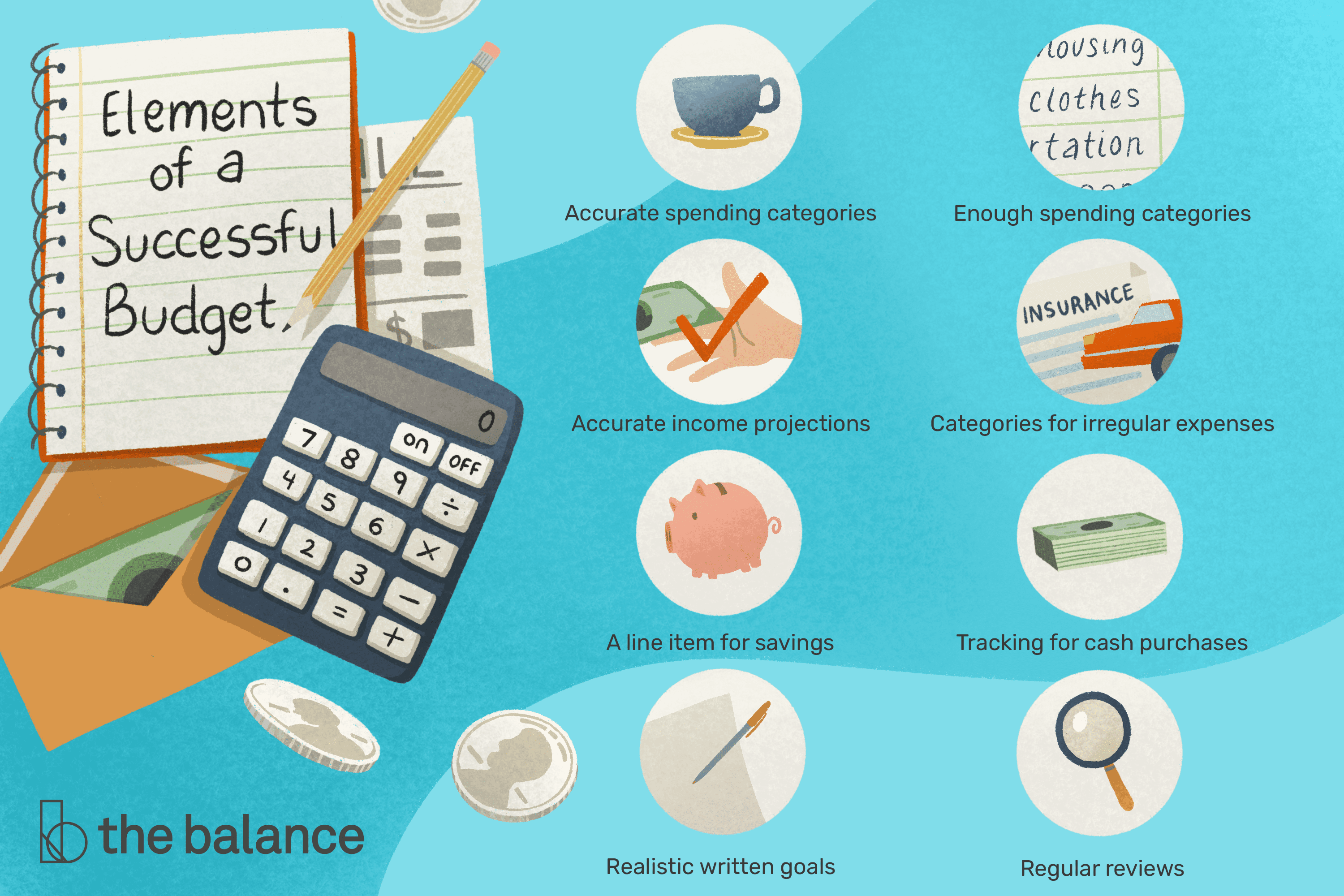

Otherwise, the avalanche system actually will save you more money. Seeing a card balance hit zero can be valuable motivation … if you need it. The allure of this pay-back method is that it provides a nice bit of psychological mojo: By focusing on the card with the smallest balance, you'll get it paid off faster. With the "snowball" strategy, on the other hand, you send your extra monthly payments to the card with the smallest unpaid balance. Maybe an expense gets totally chopped, or maybe you do some strategic nipping and tucking to reduce monthly outlays for some of your expenses. Stymied as to where you can find the extra money to add to the highest-rate card? Time to scour that budget you've got running in the background.

When the balance on your highest-rate card is paid off, you start shoveling the extra payments to the card with the next-highest interest rate. You pay the minimum due each month on all your credit cards, and then add more money to the card charging the highest interest rate. If a balance transfer isn't in the cards for you, there are two popular get-out-of-debt strategies you might consider.įrom a financial standpoint, the "avalanche" method makes the most sense. There are also budgeting apps you can sync with bank accounts that can make it easier to track spending in real time. You can fire up an Excel or Google Docs spreadsheet to help you create a budget and track your progress. (Hello, side gig! Or push for that promotion or raise already.) That will get you on a solid path that helps you meet short-term and long-term goals.
#Best personal budget facts how to#
If your own pie charts look wildly different than either approach, that's your cue to spend some time considering how to adjust your spending or increase your income. The final 20% is for savings: building your emergency reserves, socking away money for retirement and saving up enough funds for a down payment on a house or your next car.Īnother framework is the 60% Solution, which divvies up spending and saving targets a bit differently - but with the same focus on making sure you don't shortchange saving for long-term goals. With this approach, the goal is to spend 50% of your after-tax income on essential costs (e.g., rent/mortgage, food, car payments) and 30% on other needed expenses (say, phone and streaming plans) or "nice to haves" such as dining out. One way to analyze your current cash flow is to run it through the popular 50/30/20 budgeting framework. The whole purpose of a budget is to lay everything out in front of you so you can see where everything is going and make some tweaks if you're not currently on course to meet your goals. But creating a budget happens to be the one step that makes every other financial goal reachable.Ī budget is a line-item accounting of all your income - salary, maybe a side gig, perhaps income from an investment - and all your expenses. Save for a child's (or grandchild's) education in a tax-advantaged 529 Plan. Longer-term goals: Start saving at least 10% of gross salary every year for your retirement.Keep new credit card charges limited to what you can pay off, in full, each month. Short-term goals to reach in the next year or so: Build an emergency fund that can cover at least three months of living expenses.Here's a simple prompt: Money-wise, what would make you feel great? At its heart, that's what a financial plan delivers: the means to help you feel safe and secure, so you can focus on living, not worrying. Just be sure to give yourself some quiet time to think it through. It's up to you whether your list of short- and long-term goals is on a spreadsheet or pencil to paper. It's always easier to plot a course of action when you are clear on what you're looking to achieve.

Other goals might have an end date that is a decade, or decades, off but require starting sooner than later.Ĭreating a master list of all your goals is a smart first step. Some of the money balls you have in the air are going to be goals you want to reach ASAP. Personal Loans for 670 Credit Score or Lowerīuilding financial security is an ongoing juggling act. Personal Loans for 580 Credit Score or Lower Best Debt Consolidation Loans for Bad Credit


 0 kommentar(er)
0 kommentar(er)
